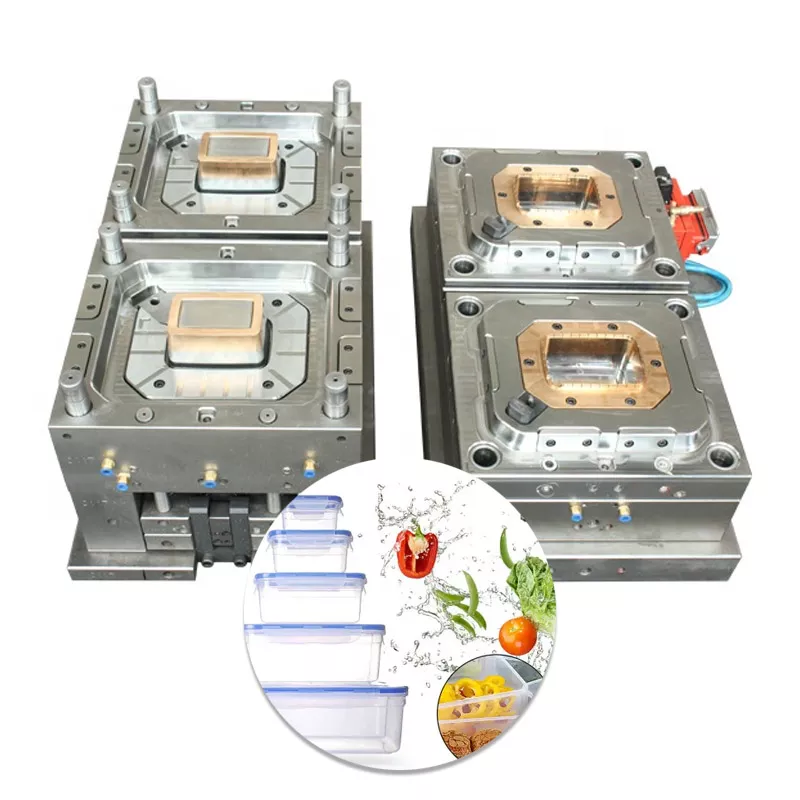Plastic injection mold Process for Plastic parts
- 2021-08-13
Plastic injection mold is the primary process for manufacturing plastic parts. Although the tooling of plastic injection mold is expensive, the cost per part is very low. Today most of the companies are looking for mold manufacturer China suppliers to reduce the mold cost.
Plastic injection mold is a popular and economical industrial process for manufacturing a wide range of plastic consumer products. These include knobs, washers, valves, pulleys, gears, power tools, bottle caps, toys, car panels, computer monitors, keyboards, furniture and so on. These items are mass-produced using molding machines of various sizes and various specific requirements.
The plastic injection mold process usually begins with an industrial designer or engineer who designs a product. This is followed up by the work of a toolmaker or mould maker who makes the mould to fit the design created. These moulds are metallic and usually made using either steel or aluminium. Using machines, they are made to acquire the exact shape desired by the design. Once this is done, the process of actually making the plastic follows.
Plastic injection mold involves taking plastic in the form of pellets or granules and heating this material until a melt is obtained. Then, the melt is forced into a split-die chamber/mold where it is allowed to “cool” into the desired shape. The mold is then opened and the part is ejected, at which time the cycle is repeated.
Choice of plastic type used in Plastic mold depends on the kind of product being made, its requirements and the overall budget. Of the hundreds of available plastics, only a few are safe for consumer use. Some of the ones used in the plastic injection molding process include polystyrene, polycarbonate, polypropylene, polyethylene, polyamide, polyvinyl chloride, Teflon®, Delrin®, and acrylic.
Mainly, two materials that are involved in the plastic injection mold process are thermoplastics and thermosetting plastics. Examples of thermosetting plastics are Epoxy and Phenolic, while nylon and polyethylene are examples of thermoplastics. The plastics are liquefied and placed into the heated barrel where they are mixed and form a mold cavity, which is cooled down and hardened.
The machine used in the plastic injection mold process consists of reciprocating screws that are required to mix the granules. There is also a moveable pattern that is responsible for molding the plastic into the shape desired. All of this takes place in the clamping part.
plastic molding parts
Anyway, the production of plastic injection mold can be done through cheap tooling. Production can be made from bottle caps, containers, home appliances and plastic combs among many others. It is great to take advantage of the cheap tooling feature of this manufacturing technique.
The only things required would be the proper selection of materials based on the strength as well as overall function expected on the final part. Different parameters for production should also be taken into account.
Plastic molds is the only way you can do if you want to produce products in large volume. Using this method, you can avoid entailing pricey labour costs and the materials you need are relatively inexpensive. You can also minimize your scrap losses and there will be the development of high tolerance during the manufacturing.
Indeed, plastics are non-degradable and therefore not environment-friendly. However, the plastic injection mold process plays a positive role in reducing waste. Plastics used in the process can be reused as often as required.
If you have a project in hands that is ready to run plastic molds, you are welcome to send us, we will offer quote you a price and will review your drawing and bring some technical issue, welcome to send us an email
-
TAG:








Send Your Inquiry Now